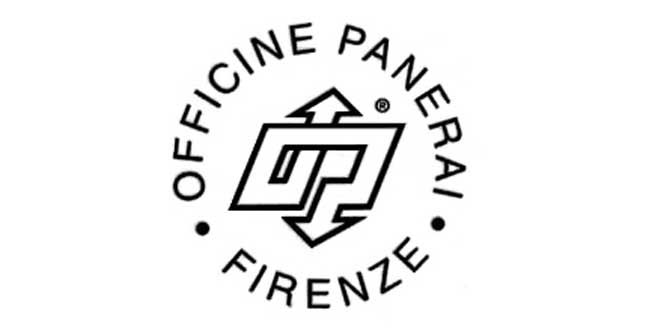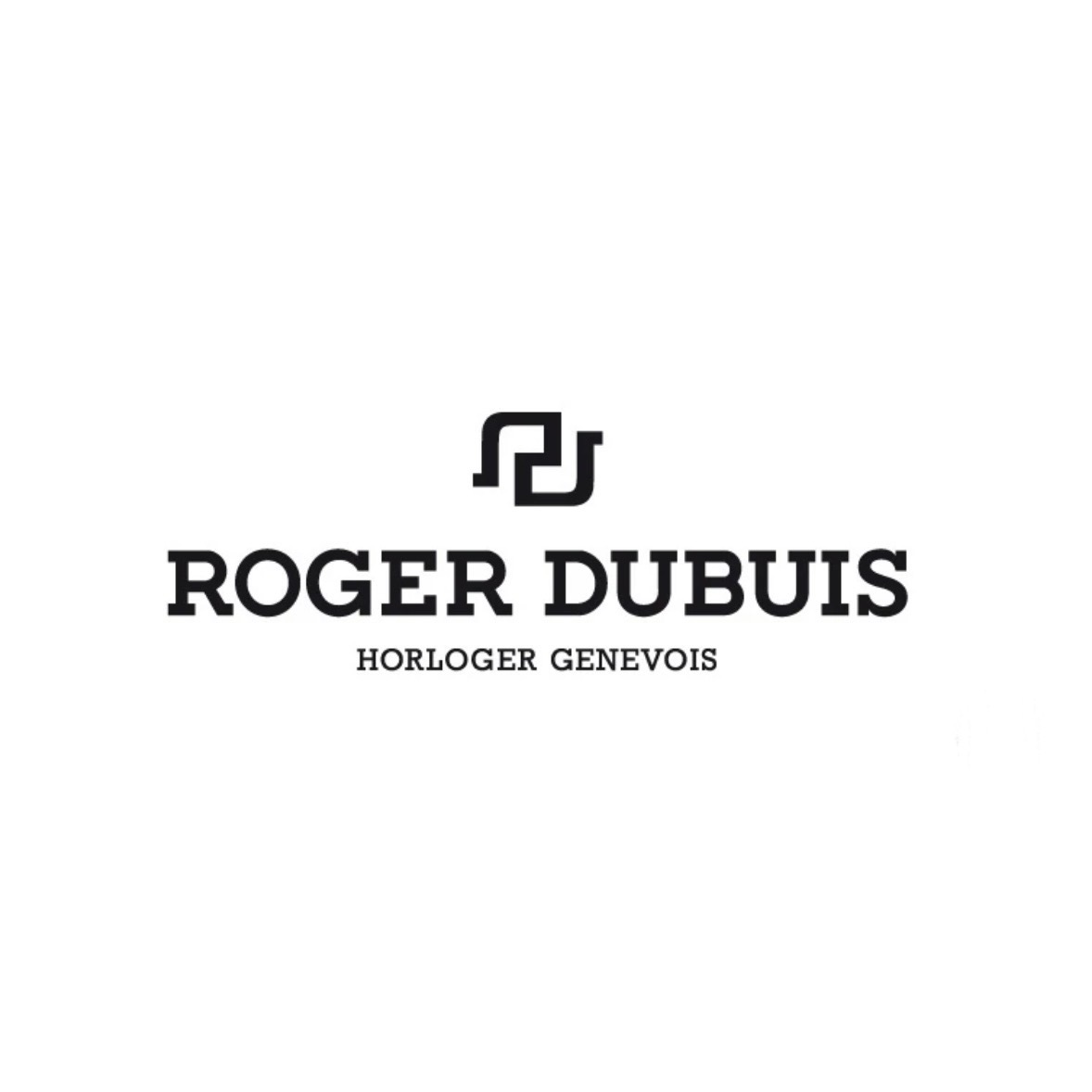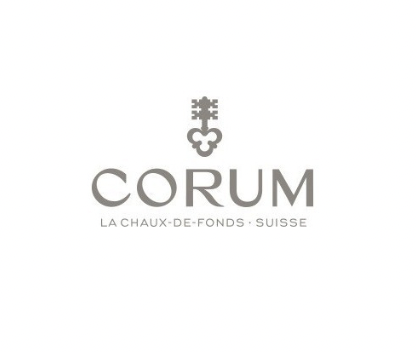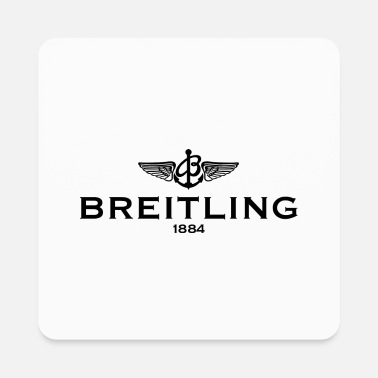Watch Facts
Quiz: 2025.02.16 Quiz (Logo Lookouts)

Known for the “Cintrée Curvex” case, the Franck Muller logo usually features the brand’s name in a stylized, elegant typeface that captures the brand’s identity as the “Master of Complications.” The logo emphasizes luxury and innovation in watch design.

Established in 1791, Girard-Perregaux is a distinguished Swiss watch brand. Notable dates include Constant Girard’s 1889 creation of the Tourbillon with Three Gold Bridges and the 1945 launch of the “Eagle” collection. The emblematic logo features an arrow-ended laurel wreath encircling “GP,” symbolizing victory and precision. Renowned for watches like Vintage 1945 and Laureato, Girard-Perregaux blends heritage and innovation seamlessly.

Founded in 1860 in Florence, Italy, Officine Panerai began as a workshop, specializing in precision instruments and watches for the Italian Navy. In the 1930s, they developed the Radiomir, a luminous substance enhancing underwater visibility. By the 1940s, Panerai supplied the Italian Navy with durable, water-resistant watches.
The brand’s distinctive design elements include a large, cushion-shaped case, prominent luminescent markers, and a unique crown guard. In the 1990s, Panerai transitioned from a military supplier to a public brand, attracting enthusiasts with its bold aesthetics.
The Panerai logo reflects its maritime heritage, featuring a stylized depiction of a torpedo, honoring the brand’s historical association with naval technology. The blend of sleek design and military legacy has positioned Panerai as a prominent luxury watch brand.

The Roger Dubuis logo features the brand’s name in a sophisticated script, accompanied by a Celtic cross that often appears on the back of their watch movements. This symbol reflects the brand’s commitment to traditional watchmaking craftsmanship combined with avant-garde designs.

Established in 1846 Ulysse Nardin has a rich history characterized by horological innovation. Its early achievements include precision marine chronometers, which garnered recognition at international exhibitions in the late 19th century. Notable historic dates include the introduction of the Astrolabium Galileo Galilei in 1985, a wristwatch with astronomical indications.
Ulysse Nardin’s logo features an anchor, paying homage to the brand’s maritime heritage and its legacy of crafting marine chronometers. This emblem reflects the connection between Ulysse Nardin’s historic contribution to accurate timekeeping for maritime navigation and its contemporary presence in the world of luxury watchmaking. The logo’s use of an anchor aligns with Ulysse Nardin’s commitment to precision and craftsmanship, bridging its historical significance with its modern horological endeavors.

Vacheron Constantin, established in 1755 in Geneva, stands as one of the world’s oldest and most esteemed watchmakers. Its legacy of excellence is underscored by significant milestones: In 1770, the company’s founder, Jean-Marc Vacheron, crafted the first complication timepiece. In 1810, Vacheron Constantin pioneered engine-turned dials. The brand’s commitment to precision led to its adoption of the metric system for watchmaking in 1844. The emblematic Maltese Cross logo, introduced in 1880, symbolizes the brand’s commitment to horological tradition and innovation. Throughout its history, Vacheron Constantin has showcased exemplary craftsmanship, from the iconic 1907 “tonneau” case to the launch of the American 1921 collection. This dedication has garnered recognition, with Vacheron Constantin timepieces gracing the wrists of esteemed individuals and making enduring contributions to horological heritage.

Established in 1853 by Charles-Félicien Tissot and his son, Tissot is a distinguished Swiss watchmaker renowned for its innovative timepieces. In 1853, the company began as “Charles-Félicien Tissot & Son” in Le Locle, Switzerland. Tissot marked a milestone in 1930 by introducing the first non-magnetic watch. This commitment to innovation continued with the 1953 launch of the Tissot Navigator, the world’s first mass-produced antimagnetic watch.
The Tissot logo, comprised of the brand name in distinctive typography, echoes the company’s heritage of refinement and precision. Its logo has evolved over time, yet the essence of classic sophistication remains.

Corum was established in 1955 by René Bannwart in La Chaux-de-Fonds. The brand swiftly gained recognition for its innovative designs and exceptional craftsmanship. In 1960, Corum introduced the Admiral’s Cup, a groundbreaking sports watch distinguished by its twelve-sided case and nautical pennants on the dial.
Significant historic dates in Corum’s journey include the 1980 launch of the Golden Bridge, a revolutionary timepiece featuring a linear movement, and the 2000 release of the Bubble watch, characterized by its distinctive domed crystal.
The Corum logo, marked by a key symbol, embodies the brand’s commitment to unlocking artistic and horological excellence. It conveys Corum’s dedication to craftsmanship, precision, and creativity.

Established in 1884 by Léon Breitling, the Breitling brand has a storied history in watchmaking. It gained prominence in the aviation industry during the 20th century, specializing in precision timepieces for pilots. Noteworthy historic dates include the introduction of the first wrist chronograph with a separate pusher in 1915, and the creation of the iconic Navitimer in 1952, featuring a circular slide rule for aviation calculations.
Breitling’s logo, known as the “winged B,” embodies its aviation heritage. Adopted in the 1950s, the stylized wings denote the brand’s association with aviation and precision timekeeping. The logo signifies Breitling’s commitment to accuracy, innovation, and its enduring connection to aviation enthusiasts and professionals.

Established in 1735, Blancpain stands as one of the oldest Swiss watch manufacturers. Its founding by Jehan-Jacques Blancpain marked the inception of a legacy steeped in horological excellence. The company’s rich history is punctuated by key milestones, including the launch of the iconic Fifty Fathoms diving watch in 1953, designed for French combat divers. In 1983, Blancpain became part of the Swatch Group, which nurtured its traditions while fostering innovation.
Blancpain’s logo, a motif of a stylized moon and sun, embodies the brand’s commitment to artisanal craftsmanship and a ceaseless pursuit of precision. The dual celestial elements hark back to time-honored traditions and the cyclical nature of time itself. This emblem resonates with the brand’s dedication to harmonizing traditional watchmaking with modern innovation, mirroring the intricate interplay of celestial bodies.
